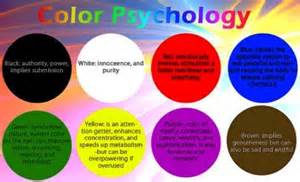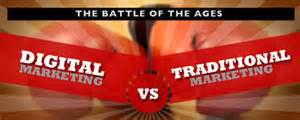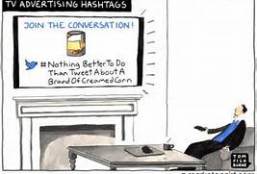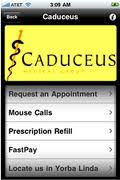Are you using the color wheel to your business’ advantage? Ninety percent of an assessment for trying out a product is made by color alone! We are all visual people and the colors you use in logos, packages, advertisements, website, etc, can generate strong loyalty or, in a worst case scenario, steer people clear of your product. Color is subconscious and it can help to establish brand and image without even saying a word.
Is your market male, female, youth, teen, senior, a particular ethnic group, an industry group? Colors can have different meanings depending on the culture, the industry, and your target market. For example, women tend to like blue, purple, and green. Men favor black and blue. Interestingly, both men and women dislike brown and orange so marketers may want to avoid those hues.
The Logo Company came up with a great infograph on the psychology of logo colors and what the majority of people feel about certain colors. An easy one is the color green; it is universally associated with nature and ecology and is therefore used in campaigns for medicine, science, and tourism.
The use of colors on a web page or in a mobile app can make a difference when a marketer is attempting to change certain consumer behavior. HubSpot conducted a study where consumers were prompted with an action button titled ‘Get Started Now!’ Consumers were given the option to select a green or red button. The screens with the red button had a 21% higher click rate. Red stirs excitement and passion in people and in this case something as simple as tweaking the color of a button changed consumer behavior!
Most purchasing decisions are made emotionally and then after are justified by logic. It is essential that you are aware of both the positive and negative impact and response of each color on consumer emotions. Remember, color psychology is not an exact science and there are not right or wrong colors; however, there are colors which may get a better response than others from your target market.










